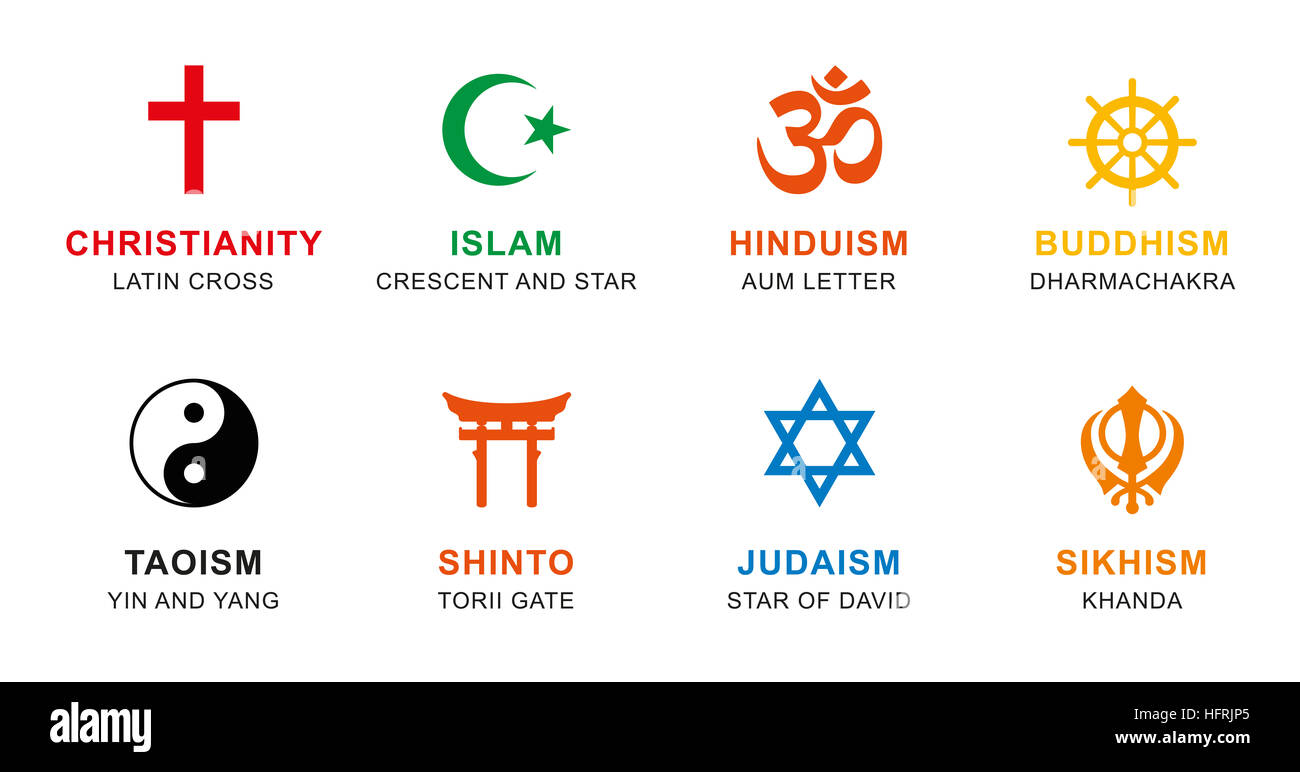Religious groups on Earth are incredibly diverse, spanning different belief systems, practices, and traditions. Here’s an overview of the major religious groups and their estimated populations:
1. Christianity
- Population: ~2.38 billion (31% of the global population)
- Major Branches:
- Roman Catholicism: The largest Christian denomination, with about 1.3 billion adherents.
- Protestantism: Encompasses a wide range of churches, including Anglican, Baptist, Methodist, and others, with about 800 million followers.
- Eastern Orthodoxy: About 220 million followers, mainly in Eastern Europe and Russia.
- Key Beliefs: Christians believe in one God and the teachings of Jesus Christ, the son of God, as recorded in the Bible.
2. Islam
- Population: ~1.97 billion (24.9% of the global population)
- Major Branches:
- Sunni Islam: Makes up 85-90% of the Muslim population.
- Shia Islam: Comprises about 10-15% of Muslims, primarily in Iran, Iraq, and parts of the Middle East.
- Key Beliefs: Muslims follow the teachings of the Prophet Muhammad as revealed in the Quran, with central tenets such as the Five Pillars of Islam (faith, prayer, fasting, charity, and pilgrimage).
3. Hinduism
- Population: ~1.2 billion (15-16% of the global population)
- Key Regions: Predominantly in India and Nepal.
- Key Beliefs: Hinduism is a polytheistic religion, with a belief in karma, dharma (duty), reincarnation, and moksha (liberation from the cycle of rebirth). Major deities include Vishnu, Shiva, and Devi.
4. Buddhism
- Population: ~500 million (6-7% of the global population)
- Major Branches:
- Theravada Buddhism: Practiced mainly in Southeast Asia.
- Mahayana Buddhism: Includes Zen and Pure Land traditions, practiced in East Asia.
- Vajrayana Buddhism: Primarily found in Tibet and Mongolia.
- Key Beliefs: Buddhists follow the teachings of Siddhartha Gautama (Buddha), focusing on the Four Noble Truths and the Eightfold Path to achieve Nirvana (liberation from suffering).
5. Sikhism
- Population: ~25-30 million (0.3-0.4% of the global population)
- Key Regions: Predominantly in the Indian state of Punjab.
- Key Beliefs: Sikhs believe in one God and the teachings of the ten Gurus, recorded in the Guru Granth Sahib. Core principles include equality, service, and devotion to God.
6. Judaism
- Population: ~14-15 million (0.2% of the global population)
- Key Regions: Israel and the United States have the largest Jewish populations.
- Key Beliefs: Jews believe in one God and follow the Torah, which includes the first five books of the Hebrew Bible. Judaism emphasizes ethical living, justice, and community responsibility.
7. Traditional Indigenous Religions
- Population: Varies, but estimates suggest around 300-400 million people follow indigenous beliefs worldwide.
- Key Beliefs: These religions vary widely across different regions but often include animism (belief that all living things have spirits), ancestor worship, and rituals tied to nature and the seasons.
8. Chinese Traditional Religions
- Population: ~394 million (5% of the global population)
- Key Beliefs: A blend of Confucianism, Taoism, and folk religions, Chinese traditional beliefs often emphasize harmony, balance, and the reverence of ancestors and deities.
9. Other Religions
- Bahá’í Faith: ~7 million followers, emphasizing unity and the oneness of humanity.
- Jainism: ~4-5 million, focused on non-violence (ahimsa) and the liberation of the soul.
- Shinto: ~3-4 million, the indigenous religion of Japan, focused on ritual practices and the worship of kami (spirits).
- Zoroastrianism: ~100,000-200,000, one of the world’s oldest monotheistic religions, originating in ancient Persia.
10. Non-Religious / Secular
- Population: ~1.2 billion (15-16% of the global population)
- This group includes atheists, agnostics, and people who do not affiliate with any particular religion. While they do not follow organized religious practices, many adhere to ethical and philosophical systems.
11. Other Emerging Religious Movements
- This includes new religious movements and spiritualities, such as neo-paganism, Scientology, and modern revivalist movements, with smaller but growing populations.
Sources:
- Pew Research Center (2015). “The Future of World Religions: Population Growth Projections, 2010-2050.”
- Britannica
- World Population Review
These groups collectively represent the rich diversity of beliefs, practices, and traditions across the globe. Many religions continue to grow and evolve, influencing billions of lives worldwide.


